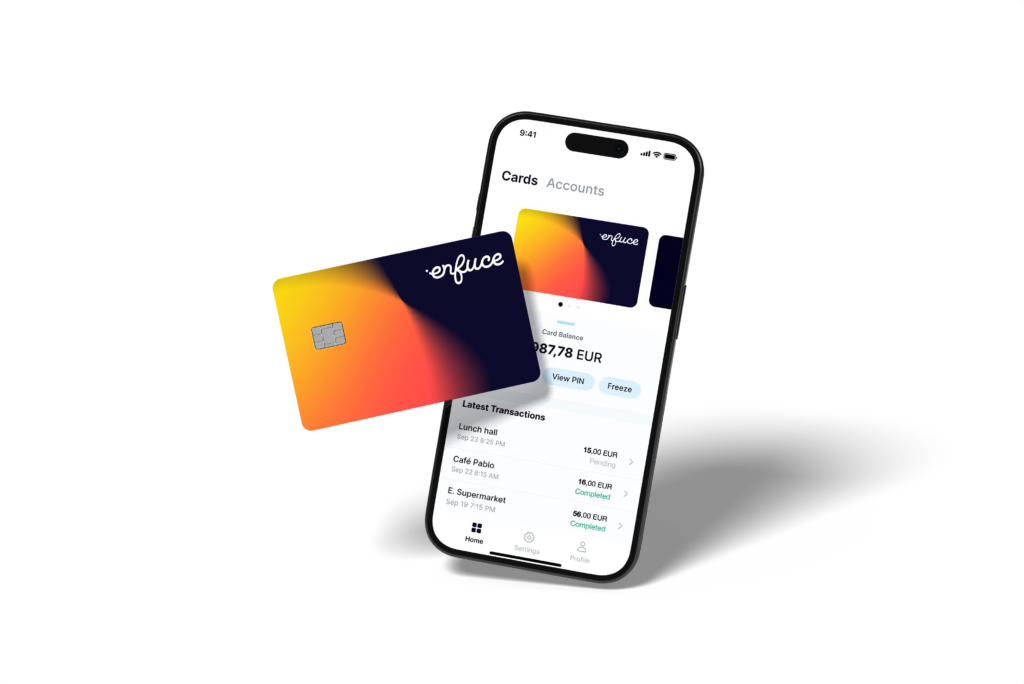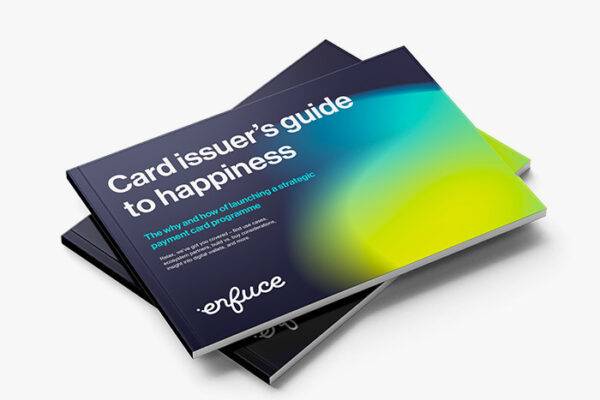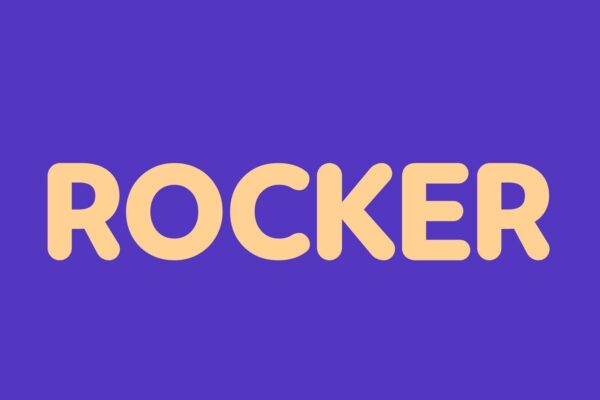Five use cases for growing your business with payment cards

Paying has possibly always been the least fun part of shopping. So what is all the recent fuzz and buzz around payment cards about?
Payment cards used to be static, single-purpose commodities handed out mostly by retail banks. With the rise of fintechs, cards of all shapes, forms, and materials have taken a positive disruptive role in the financial ecosystem. They are now key touchpoints for smarter financial services.
Today, the magic of seamless payments is everywhere: from e-commerce sites to investing apps and brick-and-mortar stores. Payments are embedded into anything that people spend time with. This gives businesses new ways to understand spending habits and improve user satisfaction.
Our Co-Founder and Co-CEO, Denise Johansson, shares her expertise on how companies from different fields have successfully accelerated growth with payment cards.
By reading this blog, you’ll learn about these use cases:
- Smart lending
- Expense Management
- Neobanks
- Payroll
- Subscription
Use Case 1: Smart lending
Many European smart lending providers in both B2B and B2C segments are now entering the card payments industry. The main benefit of introducing a payment card, such as a branded credit card, as part of their offering is that virtual cards can enable instant and smooth access to credit. Instead of relying on costly and time-consuming account transfers, users can access their funds in minutes.
Cards can create a better user experience and support customer retention and loyalty by making it easier to apply for a loan. Lending providers can also include value-added services like expense management or cashback features. These can make it even more attractive for the end-user to remain a customer.
This is how instant issuance of credit with payment cards works in practice:
- KYC (Know-Your-Customer) at lending customer onboarding
- The end-user files a loan application in your portal.
- Application is processed and approved. A virtual or physical payment card can be created. The loan amount is topped up into a prepaid card account.
- Instant onboarding for the cardholder: Strong Customer Authentication takes place.
- End-user takes the virtual card into use in your application.
- The virtual card and the approved loan balance are instantly available in the application.
Use Case 2: Expense Management
Fintechs in the expense management domain aim to make corporate and SME customers’ operations easier. One way to do this is by giving customers more visibility on how and where they are spending their money.
Due to rebundling, expense management providers are also facing increasing competition. Their customers look for new and better services and are able to compare options. Launching a card offering can help expense management providers add more value to their customers.
A payment card enables collecting more data on how, when and where the customers are spending their money. This is done for instance by automatically categorising transactions. You can then use spending data analytics for decision-making purposes and spending controls.
This is how the automatic categorisation of transactions works:
- A corporate customer can add intelligence and gain efficiency in expense management.
- Categorised transaction data will be available in real-time.
- The user can validate whether the categorisation is correct.
- The categorised business spending insight is displayed for the user.
- Company-wide spending analytics will be available on both department and employee levels.
Read more about how we helped Pleo design an outstanding user experience – for both corporate card users and administration – and gain more insights with an automatic categorisation of expenses.
Use Case 3: Neobanks
Unlike traditional banks, neobanks are rarely founded to only serve clients in one country. Instead, they aim to expand across geographies and differentiate themselves with UX and disruptive offerings. Some neobanks take the differentiation even further by targeting niche segments of clients, like ex-pats or teenagers. Some neobanks only invest savings in climate-friendly projects and some make donations to various causes.
There are many ways that a card can accelerate growth for neobanks. They are compatible with many payment methods. As many as 210 currencies can be used to drive geographical expansion. Cards are key in providing access to customers’ everyday activities and transactions. You can use this valuable data to provide personalized features. This helps you boost customer engagement and loyalty.
Here we demonstrate how a prepaid card solution can enable instant cardholder onboarding and access to e-commerce transactions:
- Your end-user opens your application and initiates onboarding and KYC.
- The user performs Strong Customer Authentication.
- The user is prompted to set limits and configure their card.
- The virtual card becomes visible in the app but will have no balance yet.
- Card account top-up through Payment Service Provider
- The virtual card is available for e-commerce purchases.
- The user receives real-time push notifications about successful transactions.
Instant cardholder onboarding can address not only a prepaid card but also a debit and credit card. Read more about how our turnkey card issuing solution allowed Rocker to roll out new features quickly and to find and increase traction with new customers.
Use Case 4: Payroll
Many fintechs enter the payroll segment to provide flexible access to salaries and other payments from the employer. This employee-centric approach enables an outstanding and streamlined employee experience.
Paying salaries on a rechargeable prepaid card is an alternative method for payroll. It is particularly suitable for new forms of employment. These include freelancing, the global mobility of the workforce, platform economies, and many more. You can also apply the solution to work-related expenses like travel.
This is how a virtual or physical payment card can be used for salary payments:
- The process starts with employee onboarding and activation. The employer adds employees to the card system and distributes the cards.
- Employees identify themselves and activate the cards. They can use a code on the mobile app to activate their card. Alternatively, an instant cardholder onboarding process can take place.
- Salaries are paid. Information about the salaries for all employees is sent as a bulk file to the employer’s bank and card management system. The card management system then tops up the accounts correctly.
- Salary becomes visible to the employee, who then has immediate access to it.
- Once the balance is available, it can be used right away. The employee can pay into another account or use the card directly for any daily purchases.
Use Case 5: Subscription
Launching virtual cards allows merchants to build a variety of cool new ecosystems and loyalty programs. The business goal is to provide more relevant offerings for the user of the service through customer-specific data. The model will then serve the customers with the needs they have in their everyday life.
Subscription service providers can use cards to combine payment methods with value-adds for the user. Custom digital cards and mobile wallet offerings help build customer engagement and retention. Merchants can then launch loyalty programs based on the fintech’s transaction data.
Let’s use mobility service providers as an example to demonstrate how it works in practice:
- Mobility service provider offers access to all city transport for only 160€ a month. Subscription prices are 20% cheaper than pay-as-you-go transports.
- Users receive virtual or tokenised cards at the onboarding of the service. It may even be possible to choose between different packages.
- At subscription, the card is topped up with a fixed amount.
- Prepaid cards are configured to be used for a specified range of transportation services. In other words, the settings will be specified for the user in question.
Read more about how we helped MaaS Global launch a card payment offering in an all-inclusive mobility app.
If you have any questions about how you could accelerate growth with payment cards, please do not hesitate to contact us. When you want to succeed with payment cards, we are the right partner to go to. Let’s take your payment business to the next level together!
Want to design the ideal payment card solution for your business? Our comprehensive guide has everything you need to know to launch the winning payment card product. Download down below.





